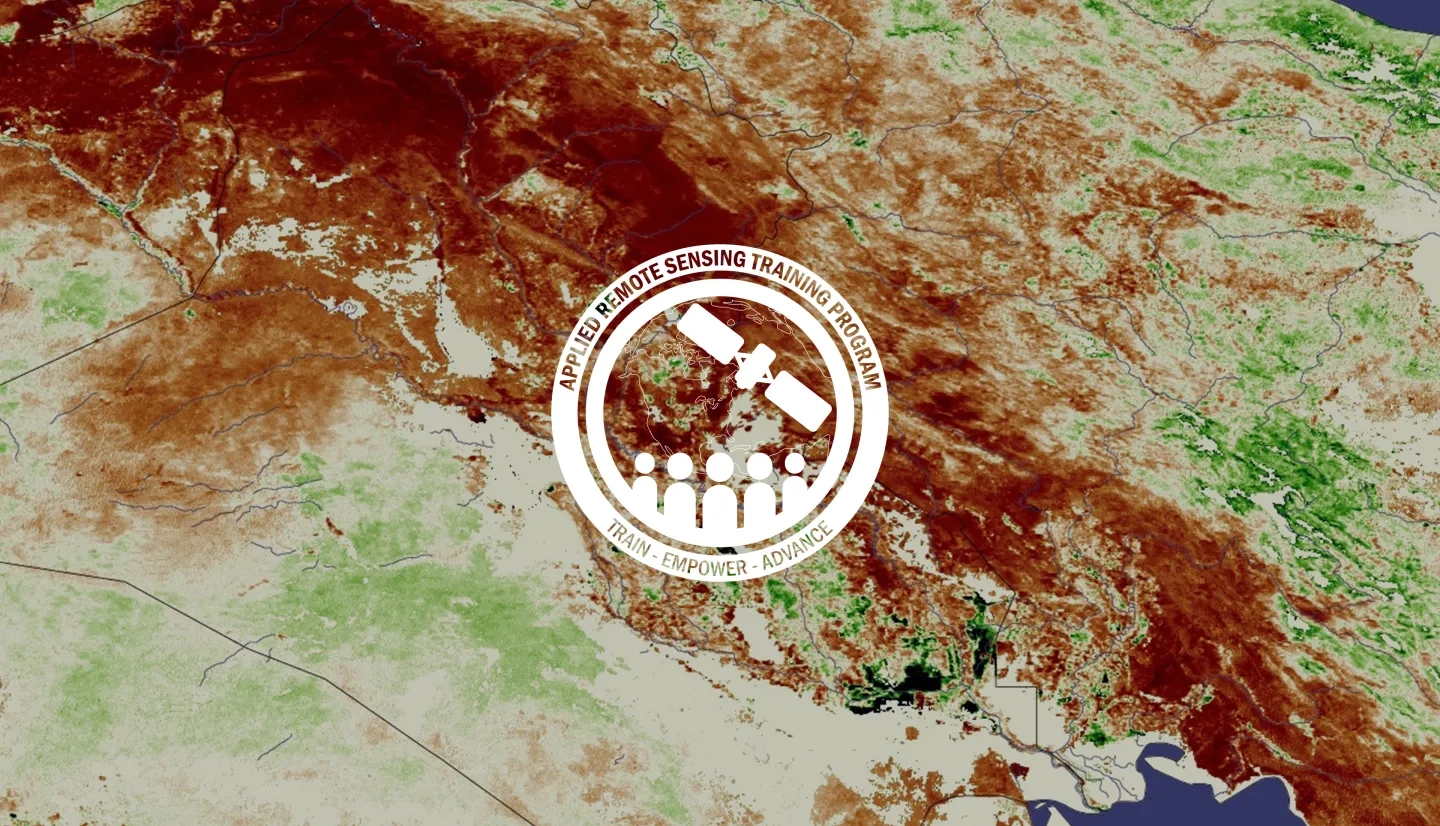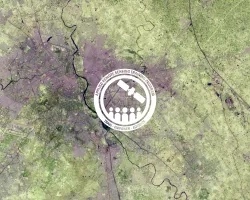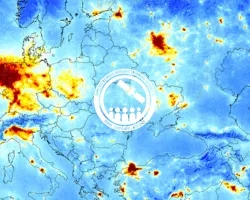Description
July 12, 2017 - July 19, 2017
Prolonged drought can result in economic, environmental, and health-related impacts. In this webinar, participants will learn how to monitor drought conditions and assess impacts on the ecosystem using precipitation, soil moisture, and vegetation data. The training will provide an overview of drought classification, as well as an introduction to web-based tools for drought monitoring and visualization. Lectures will be followed by hands-on demonstrations of data access and visualization.
- Complete Sessions 1 and 2 of Fundamentals of Remote Sensing, or equivalent experience.
- Download and install QGIS and all accompanying software. This advanced webinar will use QGIS software and although previous experience with this software is not required, some experience with geospatial software will be helpful. We recommend you open QGIS and ensure the software is working prior to starting the webinar. Use this Downloading and Installing QGIS exercise for help
Attendees that do not complete prerequisites may not be properly prepared for the pace and exercises during the training.
By the end of the training, participants will be able to:
- Understand how remote sensing can be used for drought monitoring
- Acquire remotely-sensed imagery and products for drought
- Analyze drought data and calculate anomalies within a geospatial software
Regional, state, federal, and international organizations interested in using remote sensing to monitor drought. Professional organizations in the public and private sectors engaged in environmental management and monitoring will be given preference over organizations focused primarily on research.
- Two 2-hour sessions
This session will include an overview of drought classification, an introduction to web-based drought monitoring tools, a demonstration of drought data visualization tools, and end with an exercise for attendees to practice downloading data.
Materials:
Materiales en Español:
This session will include a demonstration of soil moisture, groundwater, NDVI, and evapotranspiration (ET) data access and visualization, and will use a case study (California) exercise to demonstrate how participants can analyze drought conditions. Background will also be provided for a case study (northern Africa) to be used by participants to independently conduct their own analysis.
Materials:
- Presentation Slides
- Exercise 2: Identifying Drought Using Precipitation and Vegetation
- Data from Week 1
- Homework Instructions
- Homework Assignment
Materiales en Español:



